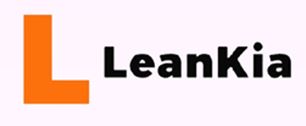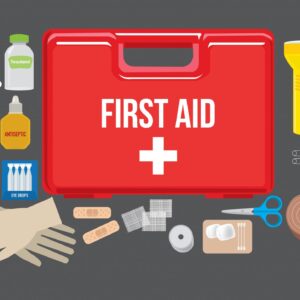In Lean manufacturing and operations, every second counts. Whether you’re working on a factory floor, in a maintenance bay, or within a high-tech production environment, tool management is often the silent lever that can significantly enhance—or inhibit—efficiency. The misplacement of tools, lack of maintenance, or even suboptimal storage can introduce waste that Lean methodology seeks to eliminate.
So how do you manage tools in a Lean environment? The answer lies in a structured, thoughtful approach to organization, standardization, and continuous improvement.
Why Tool Management Matters in Lean
Tool management isn’t just about keeping things tidy. It directly impacts key Lean goals:
- Reducing Motion Waste: Searching for tools wastes time and energy.
- Minimizing Downtime: Poorly maintained tools lead to equipment failure and interruptions.
- Supporting Standardized Work: Consistent tool placement and condition ensures smooth workflows.
In Lean terms, mismanaged tools contribute to muda (waste), mura (inconsistency), and muri (overburden). Effective tool management fights all three.
Core Principles of Tool Management in Lean Environments
1. 5S Methodology
One of the foundational Lean tools for managing tools is 5S:
- Sort (Seiri): Remove unnecessary tools from the workspace.
- Set in Order (Seiton): Organize tools for maximum efficiency and accessibility.
- Shine (Seiso): Keep tools and areas clean to prevent deterioration and errors.
- Standardize (Seiketsu): Create visual standards for tool placement and condition.
- Sustain (Shitsuke): Maintain and regularly audit the system.
Proper 5S implementation transforms chaotic tool drawers into visual management systems that anyone can understand at a glance.
2. Shadow Boards and Visual Cues
Shadow boards, labeled tool stations, and color coding are simple but powerful. These tools make it instantly obvious where a tool belongs—and whether it’s missing.
This visual management reduces decision fatigue and supports quick tool retrieval and return.
3. Digital Tool Tracking
For larger or more complex operations, RFID tags, QR codes, and software systems can track tool use, location, maintenance schedules, and ownership.
This not only prevents loss and theft but also ensures that tools are always in working condition when needed.
4. Tool Maintenance Integration
A Lean tool management system includes routine inspection and preventive maintenance. Scheduled upkeep prevents breakdowns and contributes to Total Productive Maintenance (TPM) goals.
Pro tip: Integrate tool checks into daily work routines to catch wear early.
Tool Management Case Study: Lean in Action
At a mid-sized aerospace manufacturing plant, tool losses and search times were contributing to hours of lost productivity per week. After implementing 5S and introducing RFID-tracked tool cabinets, the company saw:
- 80% reduction in time spent looking for tools
- 25% increase in first-time quality
- A savings of over $50,000 annually in tool replacement costs
This highlights how small changes in tool management can lead to big gains.
Tips for Getting Started
- Start small: Choose one workstation or team to pilot tool management improvements.
- Involve frontline workers: They know which tools are used most and how they’re currently handled.
- Audit regularly: Lean is about continuous improvement. Measure what’s working and iterate.
- Celebrate wins: Showcase how better tool management saves time or prevents issues to build support.
Conclusion
In Lean environments, tool management isn’t a background task—it’s a strategic enabler of operational excellence. By reducing waste, standardizing processes, and empowering workers, it helps deliver faster, safer, and more reliable outcomes.
Remember, a well-managed tool is more than just a piece of equipment—it’s a catalyst for flow.














